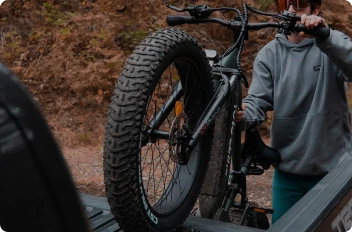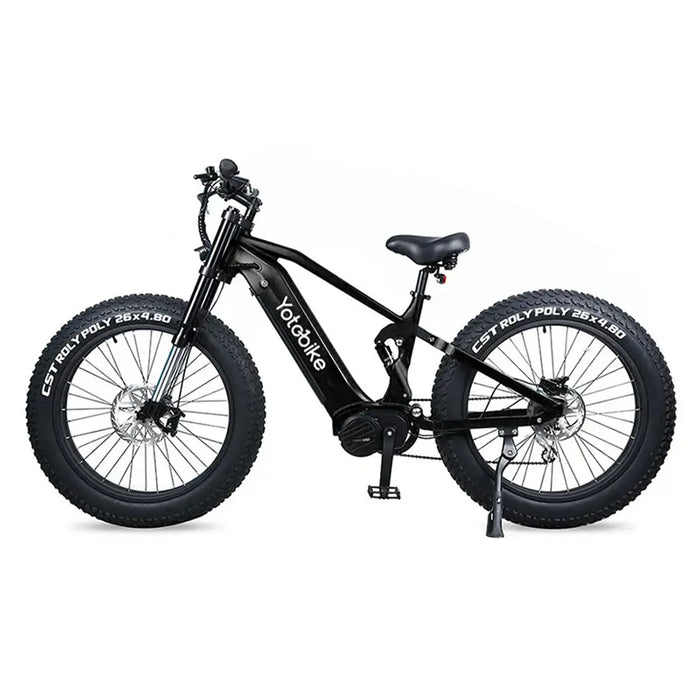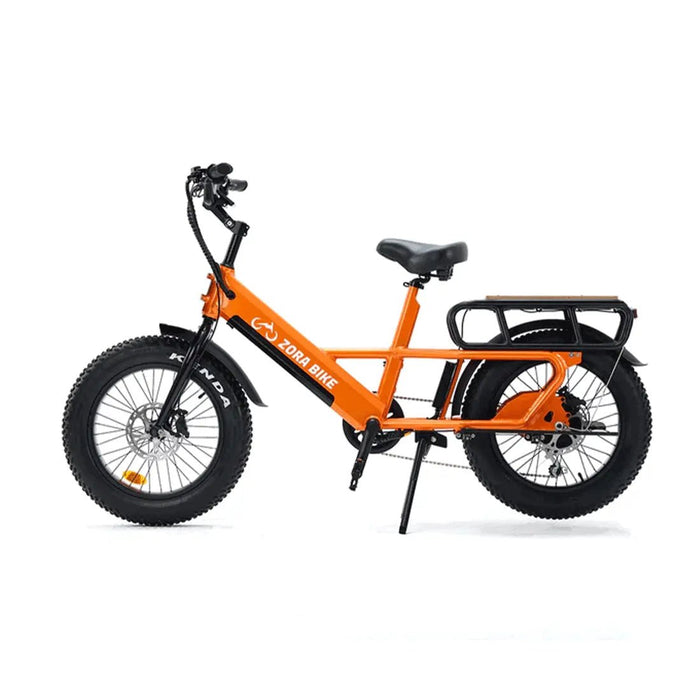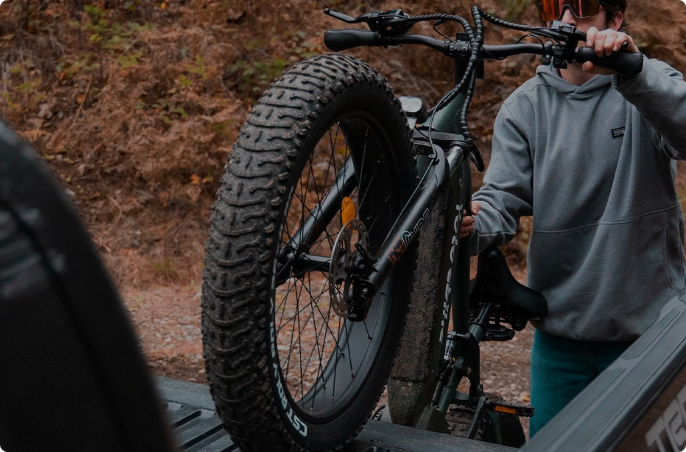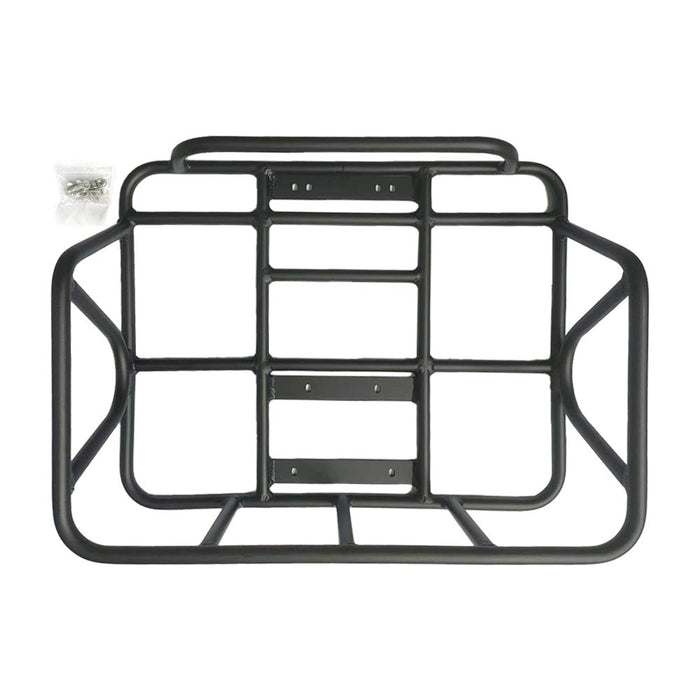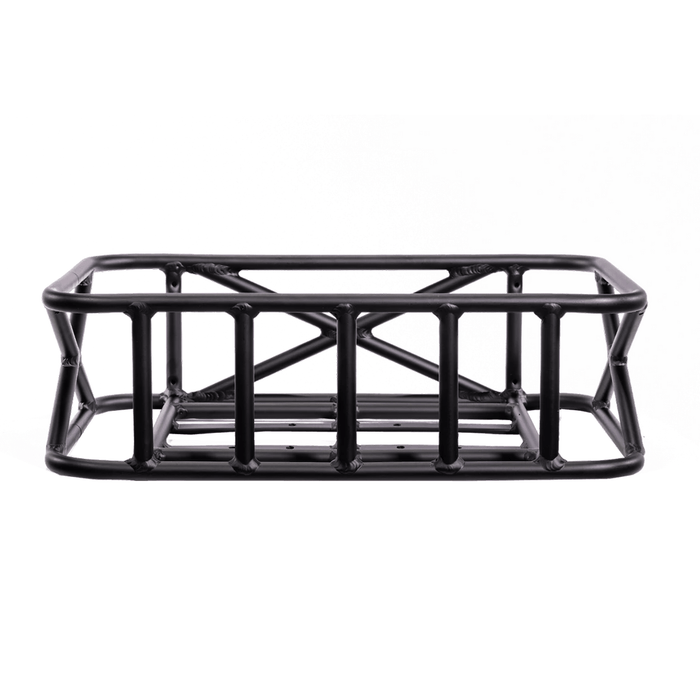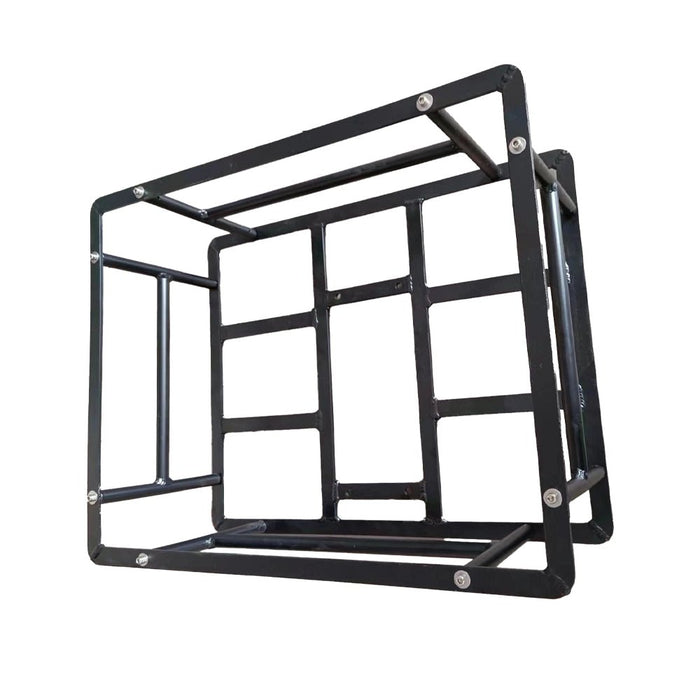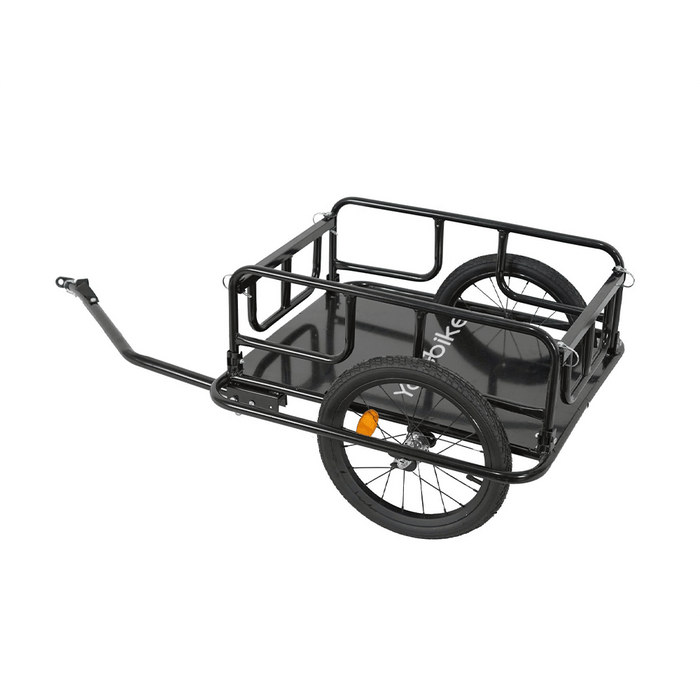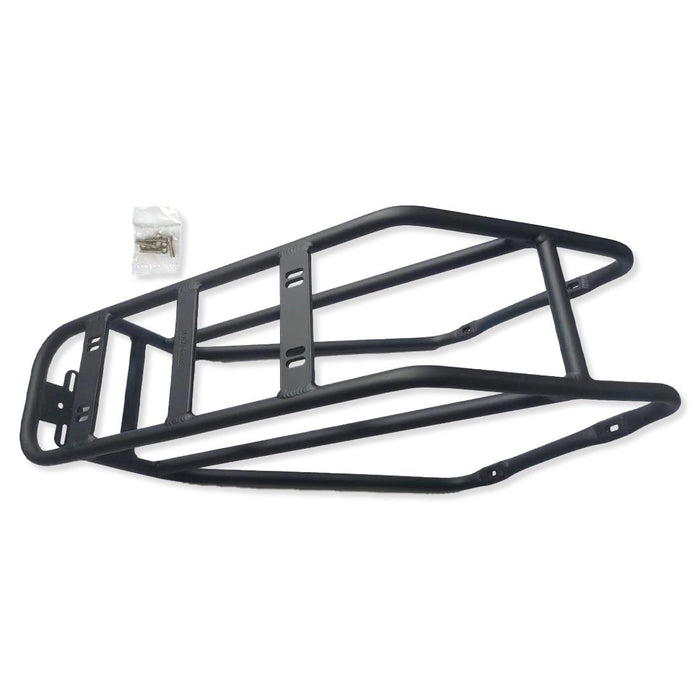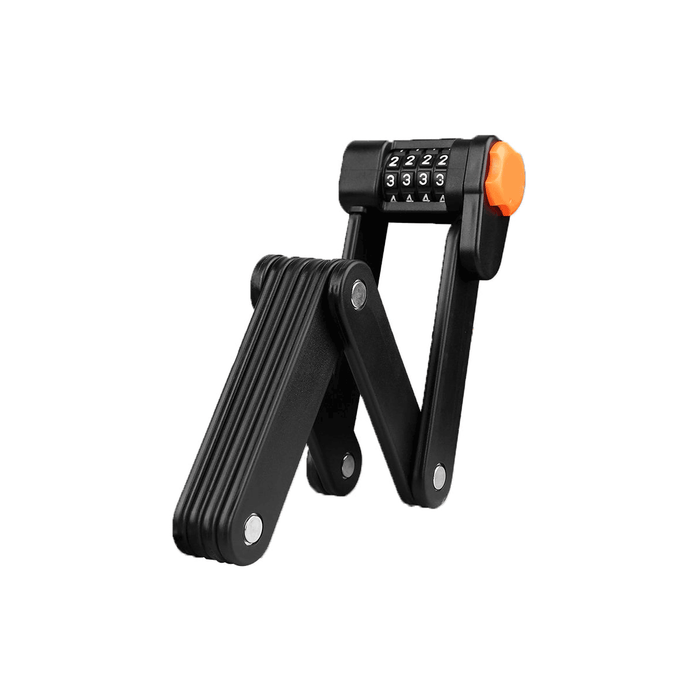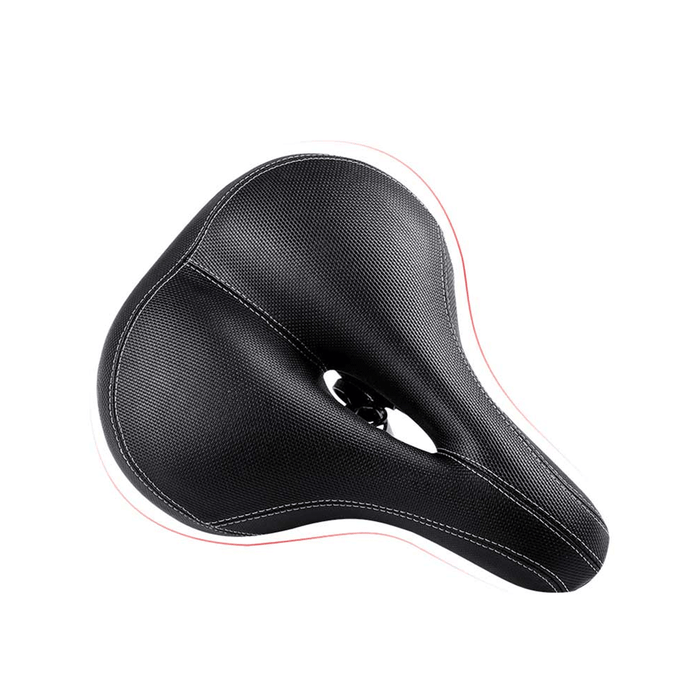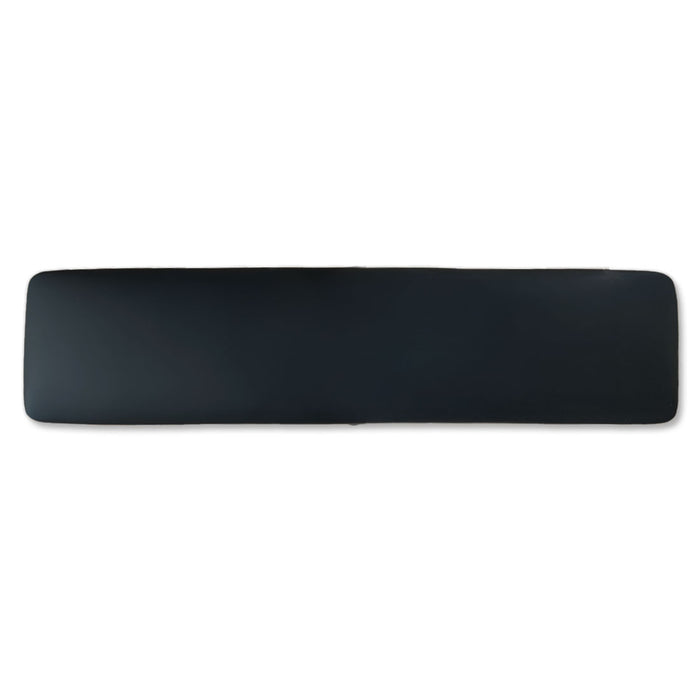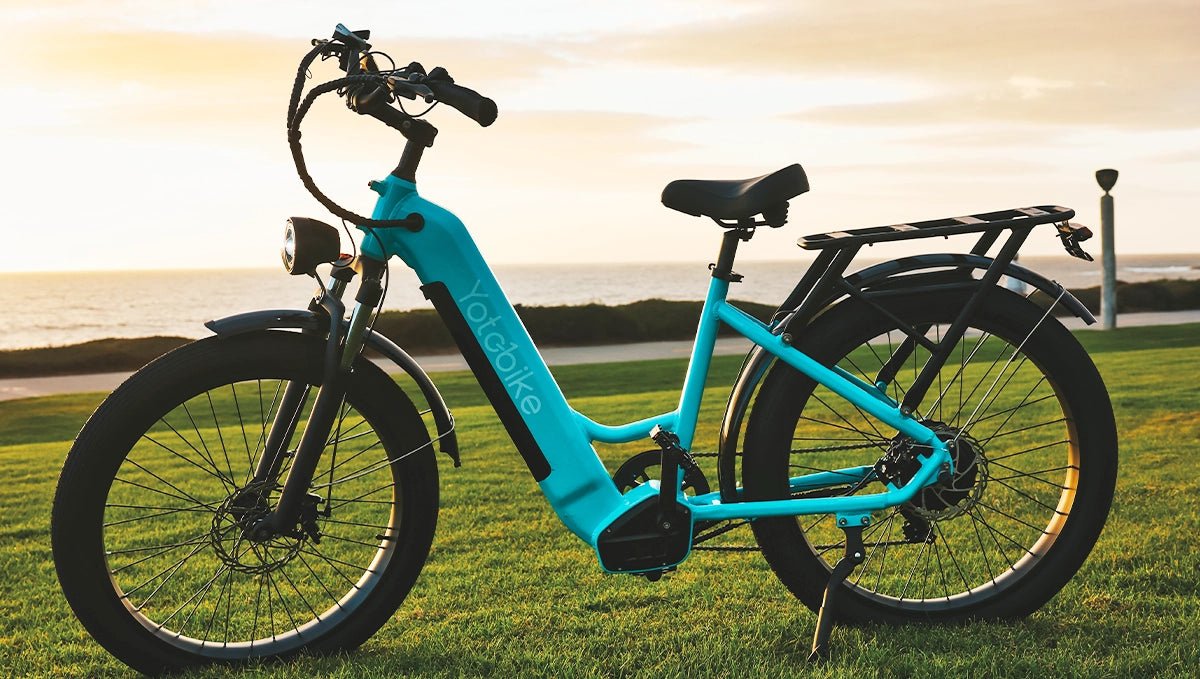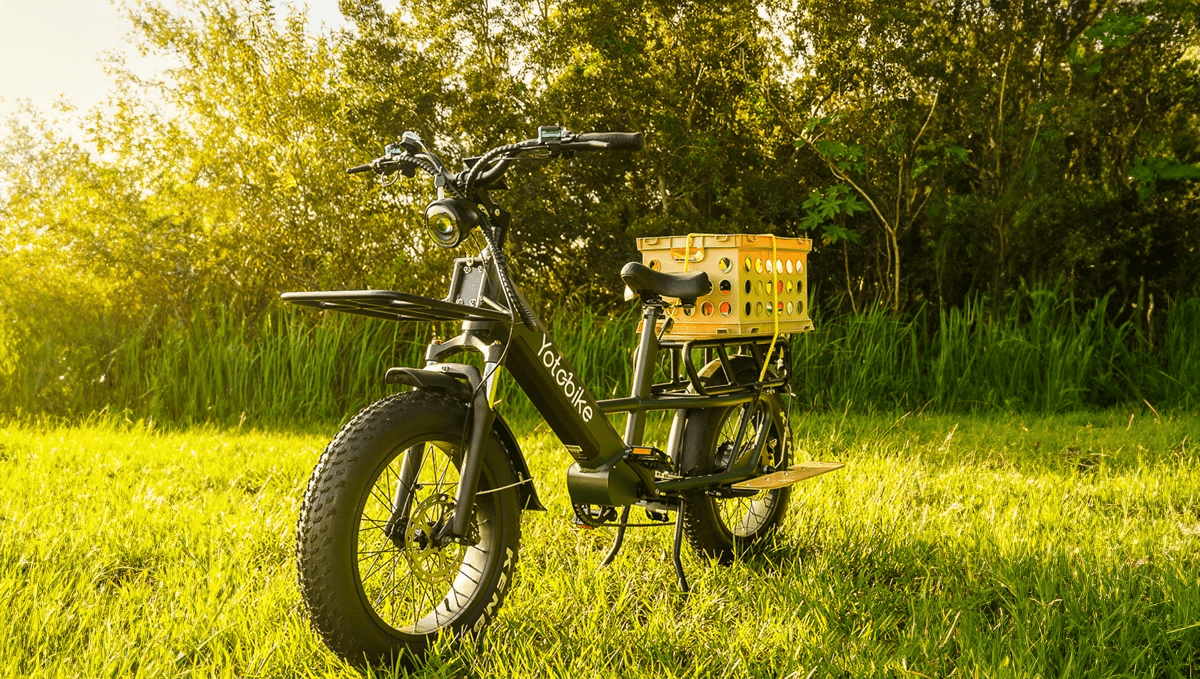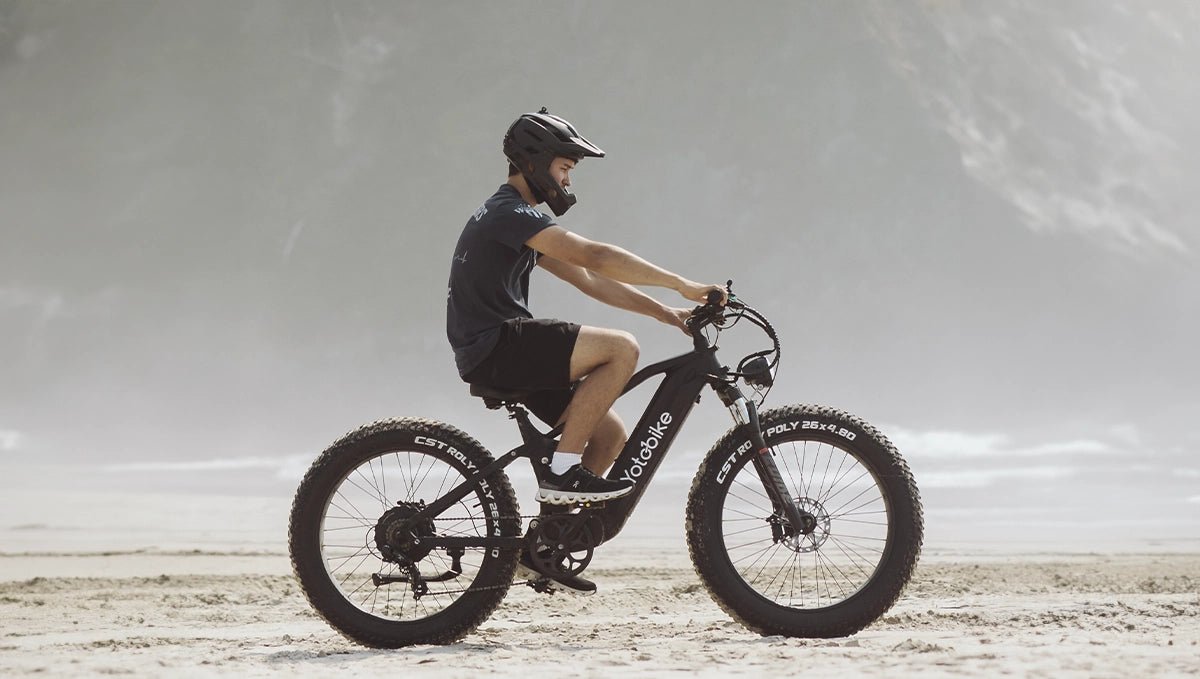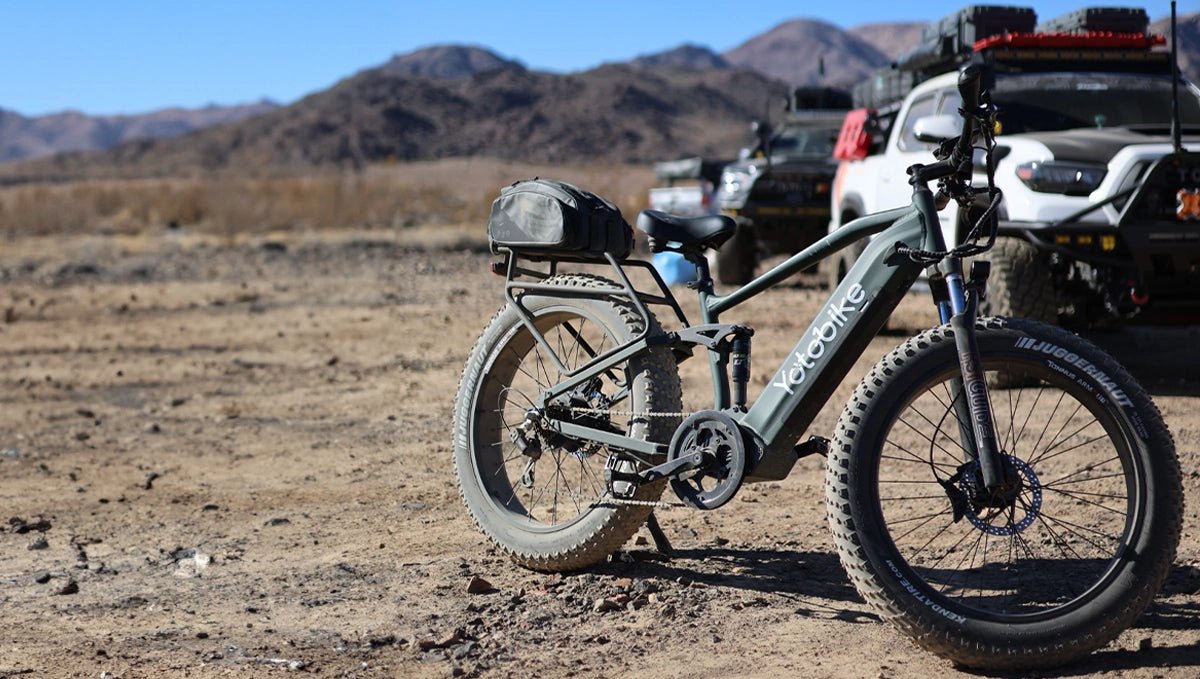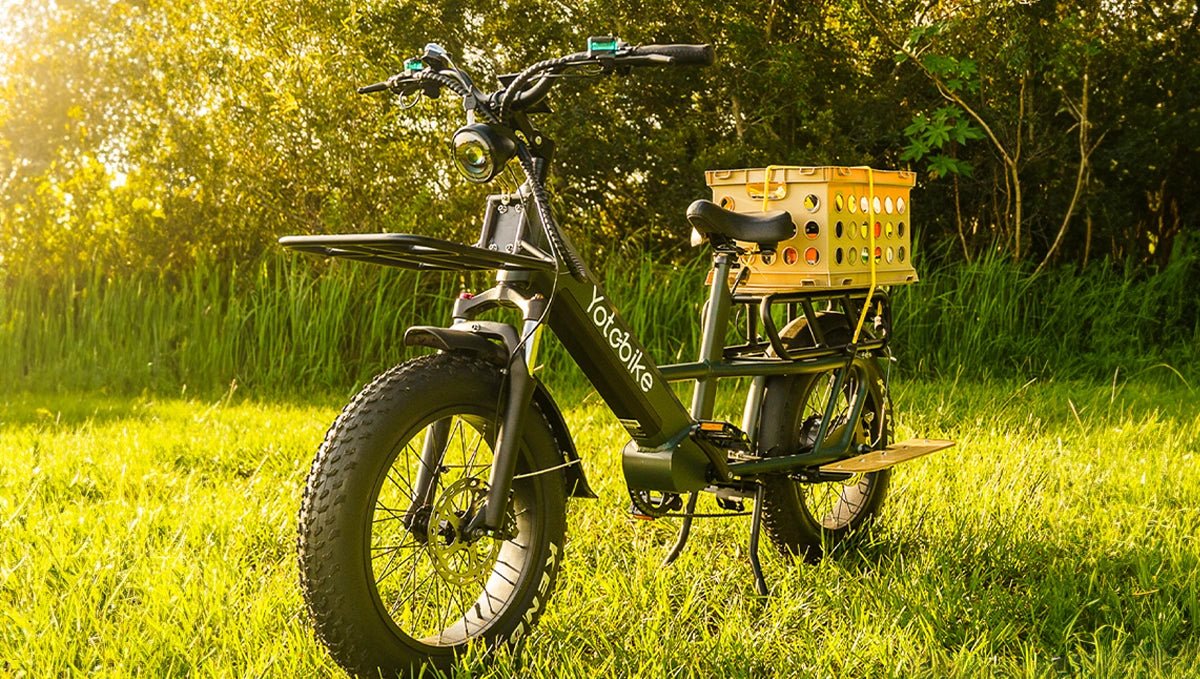
How to buy an electric bike has become an essential question for many, as e-bikes are gaining popularity worldwide. These eco-friendly vehicles offer a sustainable and efficient mode of transportation for various riders—whether you're commuting to work, exploring off-road trails, or simply enjoying a leisurely ride around town. However, with numerous options available, choosing the right e-bike can be daunting. From understanding the classifications and types of e-bikes to knowing what features to look for, this guide will help you make an informed decision and ensure you get the perfect electric bike for your needs.

What Are the Electric Bike Classifications?
Electric bikes are categorized based on how their motor assists the rider and their maximum speed. Understanding these classifications is crucial because it helps determine where you can legally ride your e-bike. In some areas, only specific classes of electric bikes are allowed on bike paths or trails.
Class 1
A Class 1 electric bike is pedal-assist only, meaning the motor engages when you're pedaling. The motor ceases to assist as soon as the bike hits 20 mph. These bikes are widely accepted on most bike paths and trails, making them an excellent choice for those who want an easy-to-use bike for recreational purposes.
Class 2
Class 2 e-bikes come equipped with a throttle that can power the bike without the need for pedaling. The motor automatically stops providing assistance once you reach 20 mph.. These bikes are versatile and especially popular in urban settings, where riders might rely on the throttle for short commutes or to assist in heavy traffic.
Class 3
The most powerful category is the Class 3 e-bike, which provides pedal assistance up to 28 mph. These bikes are often used by commuters who need to travel faster and cover longer distances. However, Class 3 bikes may be restricted from bike lanes and certain trails due to their higher speed.
Types of Electric Bikes
Once you're familiar with the classifications, the next step in learning how to buy an ebike is to explore the different types of e-bikes available. Each type is designed for a specific riding style or environment, so it’s important to know which one fits your needs.
Electric Mountain Bike
If you enjoy off-road adventures, an electric mountain bike is ideal. With a robust frame, high-torque motor, and large tires, these bikes are built to handle rugged terrains and steep climbs. They come with features like suspension forks and hydraulic disc brakes, ensuring stability and control on rough trails. Riders who love exploring nature will appreciate the extra power when tackling hills or long dirt paths.

Electric Road Bike
For speed enthusiasts, electric road bikes are designed for smooth pavement and long-distance rides. These lightweight bikes focus on aerodynamics, making them perfect for commuters or fitness riders who want to go fast without much effort. With a sleek design and powerful motor, electric road bikes are excellent for those who cover significant distances or enjoy weekend rides on quiet country roads.
Electric City Bike
Designed for urban commuting, electric city bikes prioritize comfort and practicality. These bikes typically feature upright seating positions, built-in lights, fenders, and racks for carrying groceries or work supplies. They’re perfect for short daily commutes, running errands, or leisurely rides through the city. Their versatility makes them a top choice for commuters and casual riders alike.
Electric Cargo Bike
If you need to carry heavy loads, whether it's groceries, packages, or even children, an electric cargo bike is the way to go. These bikes are designed with longer wheelbases and strong frames to handle heavier loads while still providing a smooth, easy ride. Many models come with extended racks, large baskets, or even passenger seats, making them ideal for urban families or small business deliveries.

Electric Folding Bike
For those who rely on multiple forms of transportation or live in small spaces, electric folding bikes are an excellent option. These bikes fold down to a compact size, making them easy to store or take on public transportation. Despite their small size, they offer plenty of power for urban commutes and short rides. They’re perfect for commuters who need a bike that fits in the trunk of a car or under a desk.
Electric Cruiser Bike
Electric cruiser bikes are designed for comfort and style, making them ideal for leisurely rides along the beach or through parks. These bikes come with wide tires, a relaxed riding position, and simple controls, offering a smooth and enjoyable experience. They’re not designed for speed or tough terrain but provide a great way to enjoy a relaxing ride on a sunny afternoon.
How to Buy an Ebike?
Now that you understand the different types and classifications of electric bikes, let’s focus on what to consider when you're ready to buy one. Buying an e-bike involves several factors, from motor power to frame design, and each plays a role in determining how the bike performs. Here’s a breakdown of what you need to look for when buying an electric bike.
Motor Power and Speed
The motor is one of the most critical components of an electric bike. For city commuting, a motor with 250W is usually sufficient. However, if you plan to tackle hills or ride off-road, consider a motor with 500W or more. Higher wattage provides more torque and power, which can be essential for challenging terrains.
Speed is another important factor; Class 1 and 2 bikes max out at 20 mph, while Class 3 bikes can reach up to 28 mph, making them faster but sometimes restricted on bike paths.
Battery Life and Range
Your bike’s battery determines how far you can travel on a single charge. Most e-bikes come with lithium-ion batteries, offering ranges between 20 to 60 miles, depending on the model and riding conditions. If you plan on long commutes or off-road rides, a larger battery with extended range is recommended. Always check the battery’s capacity (measured in watt-hours) to ensure it meets your needs.
Frame Material and Size
The material of the frame impacts both the bike's strength and weight. Aluminum is a favored option due to its lightness and resistance to corrosion. For more rugged use, steel frames provide extra strength but can be heavier. Additionally, make sure to choose the correct frame size. A properly fitted bike will offer a more comfortable and efficient ride, especially on longer journeys.
Budget and Features
When considering how to buy an e-bike, your budget plays a significant role. Electric bikes can range from $1,000 to over $5,000, depending on the features and components. Basic models may have a simple display and basic gearing, while premium models can come with advanced features like GPS, built-in lights, suspension forks, and multiple riding modes. Decide which features are essential for your riding habits and factor them into your budget.
Warranty and Customer Support
One often-overlooked aspect of buying an electric bike is the warranty. A solid warranty on the motor, battery, and frame can save you significant repair costs down the road. Brands that offer comprehensive warranties are more likely to stand behind their products. Additionally, ensure that the brand offers responsive customer support and service options. For instance, Yotobike offers a variety of electric bikes for adults with robust warranty and support options, making it a reliable choice for many buyers. These bikes come with durable components and user-friendly features, such as long-lasting batteries and comfortable seating, making them perfect for both daily commutes and weekend adventures.
Conclusion
In conclusion, learning how to buy an electric bike involves understanding various factors such as motor power, battery life, and bike classification. Whether you're buying an e-bike for commuting, adventure, or casual riding, it’s essential to choose a model that fits your lifestyle and riding needs. Consider the type of riding you'll do, your budget, and any specific features that matter to you. Investing in the right electric bike will enhance your cycling experience and provide you with years of enjoyment. Whether you're choosing an electric bike for commuting or exploring, make sure it suits your requirements for both performance and comfort.
FAQs
How to know if an electric bike is good?
A good electric bike features a high-quality motor, a reliable battery, and a durable frame. Look for positive customer reviews and ensure the bike comes with a solid warranty. Test rides can also help you gauge the comfort and performance of the bike.
What is the lifespan of an electric bike?
The lifespan of an electric bike typically ranges from 3 to 5 years, depending on usage and maintenance. However, with proper care and regular maintenance, an e-bike can last even longer—up to 5 to 10 years.
How many watts should a good electric bike have?
A good electric bike for city use should have at least 250W, but for hilly terrain or heavier loads, consider a motor with 500W or more. The higher the wattage, the better the bike will perform in more challenging conditions.

